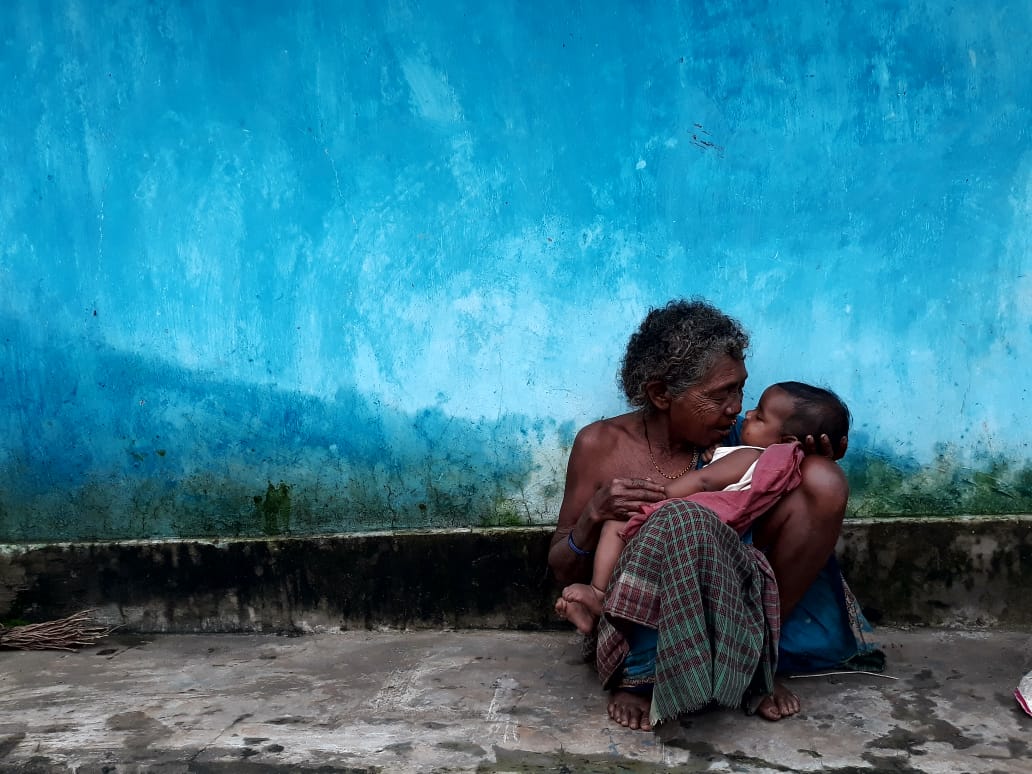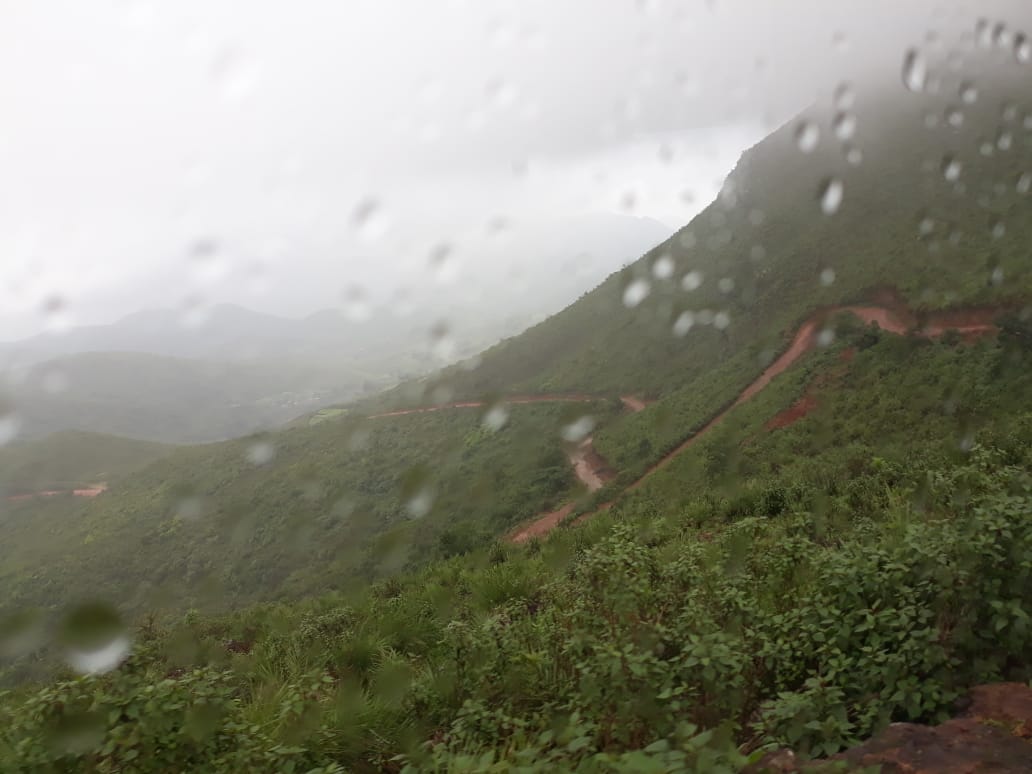Koraput: A Treasure Trove Of Nature, Tribal Life & History

Koraput: With rich minerals and lush greenery, Koraput is Odisha’s treasure land. The district is popular for the Eastern ghat and the pleasant weather almost the entire year.

Monsoon in this district lasts around five months, from June to October while summer is experienced only from April to June. Winter season in Koraput district is longer than in other parts of Odisha.

An even more beautiful part of the district is its tribal population. Most of the people here belong to the ‘Kandha’ tribe and speak the ‘Kuin’ language.

There are villages in the valley where you can reach only after trekking downhill and you can see how the tribals live in sync with mother earth.

You’ll be surprised to know that around 83 per cent of the population in this district depends on agriculture and forestry.

You will see stretches of greenland, beds of paddy and other vegetable crops as far as the land is visible.

People mostly grow paddy, wheat, millet, maize and vegetables like cabbage, brinjal, ginger, tomatoes and potato.

Decorated by forests, waterfalls, terraced valleys and darting springs, the district draws nature-loving people.
One can see semi-evergreen to deciduous vegetation endowed with various wild plants as a natural resource.

There are several perennial streams and rivulets and abundant of under-utilized groundwater which reduces the chances of water scarcity in the district. The district is also home to various historical places like Gupteswar Temple, Jeypore, Sabara Srikhetra, Koraput Museum, Duduma Waterfall, Kolab
The district is also home to various historical places like Gupteswar Temple, Jeypore, Sabara Srikhetra, Koraput Museum, Duduma Waterfall, Kolab
Dam, Daman Jodi, Jain Monastery and Maliguda.

The Pottangi block of the district also Deomali, the highest mountain peak of Odisha from where one can see greenery reaching beyond the horizon. On the peak, mostly the weather is very cool with mist all around giving you a feel of Northern parts of India.
One of the largest vegetable markets is also held in Pottangi district, with many tribal women and men trading vegetables, cereals and cattle. A large amount of these are transported to Andhra Pradesh as it is close to the border.
The plateaus in southern Koraput are highly rich in mineral deposits such as bauxite and have several mining industries.

The district serves as a hill station where one can experience tribal lifestyle, low connectivity, organic lifestyle and pollution-free air.

One must visit this amazing district not only for taking a tour of tourist sites but also to delve deeper into the ‘Adivasi’ style of life.

Comments are closed.